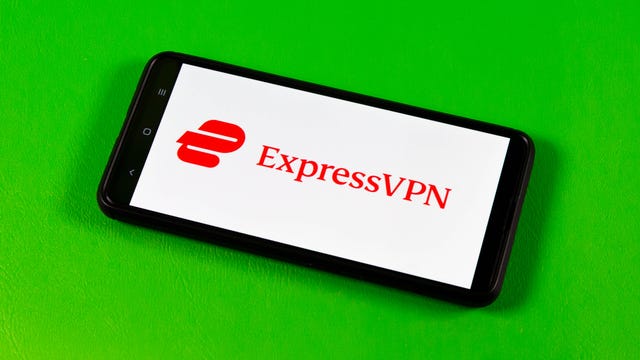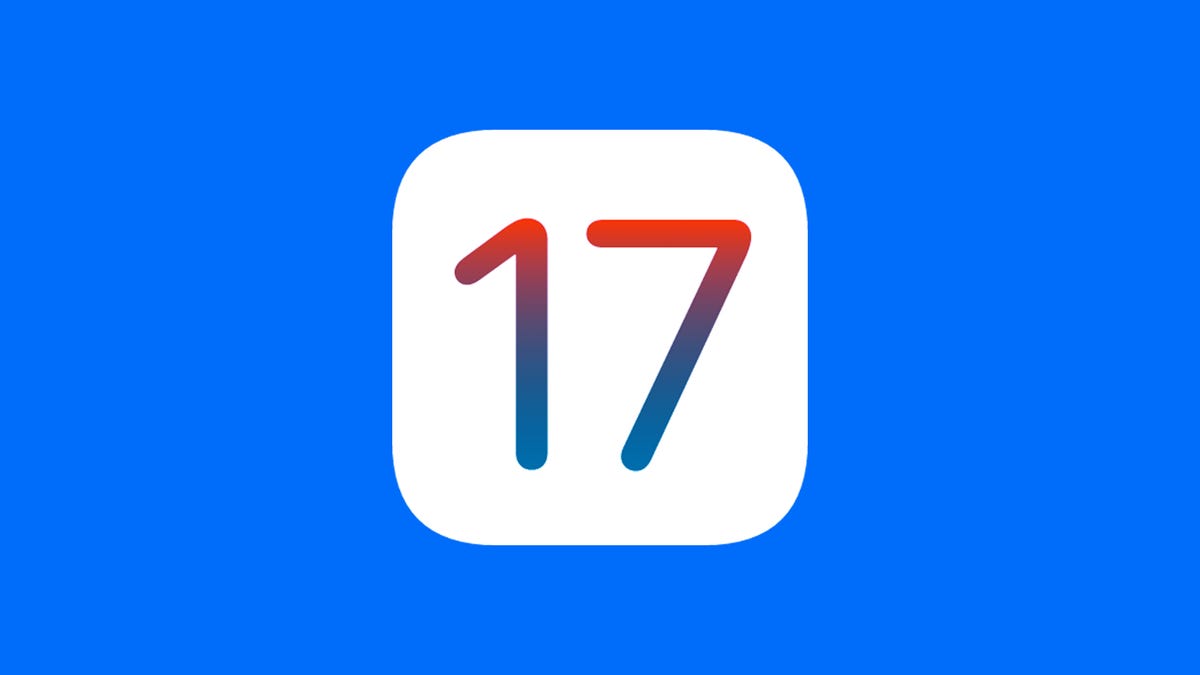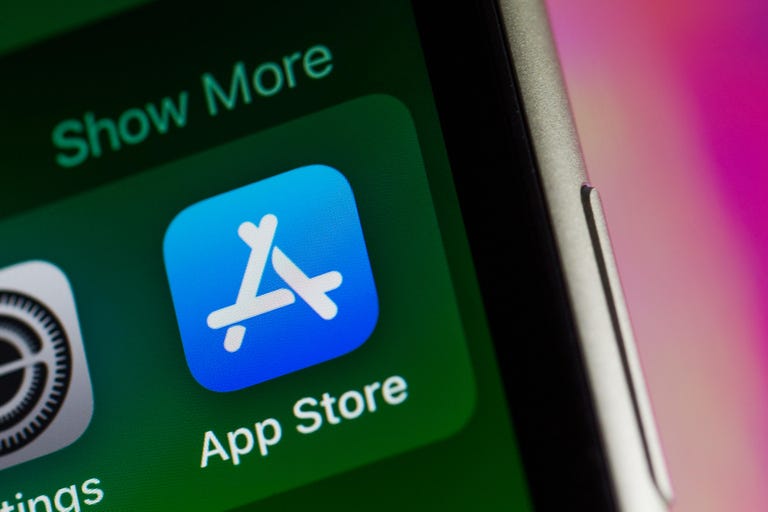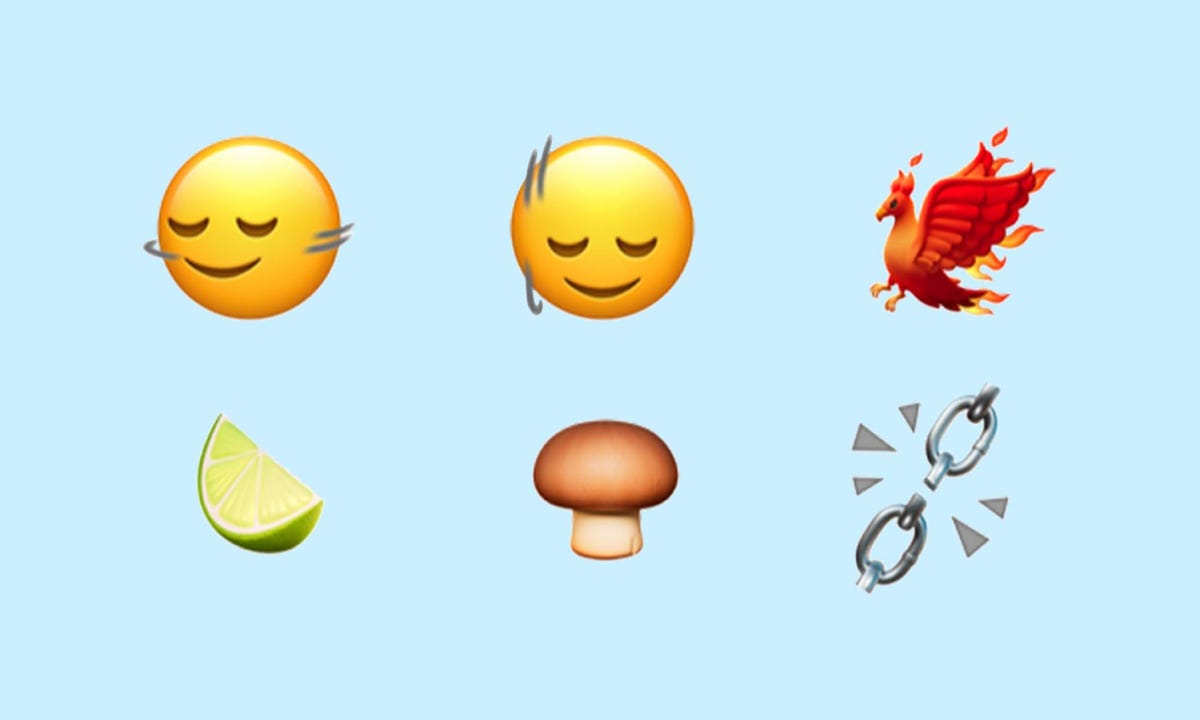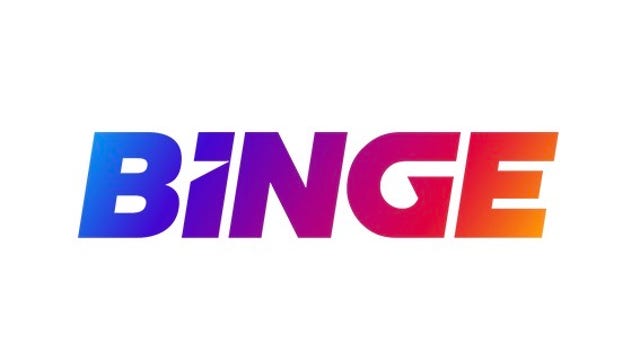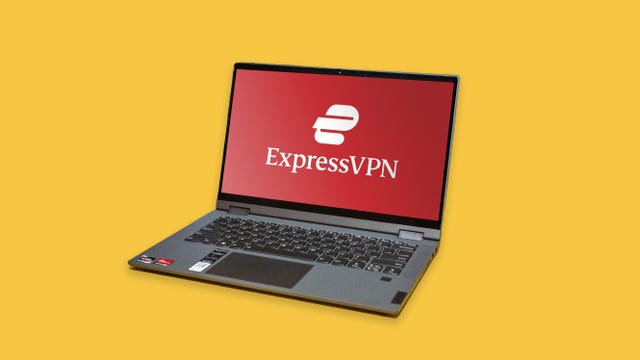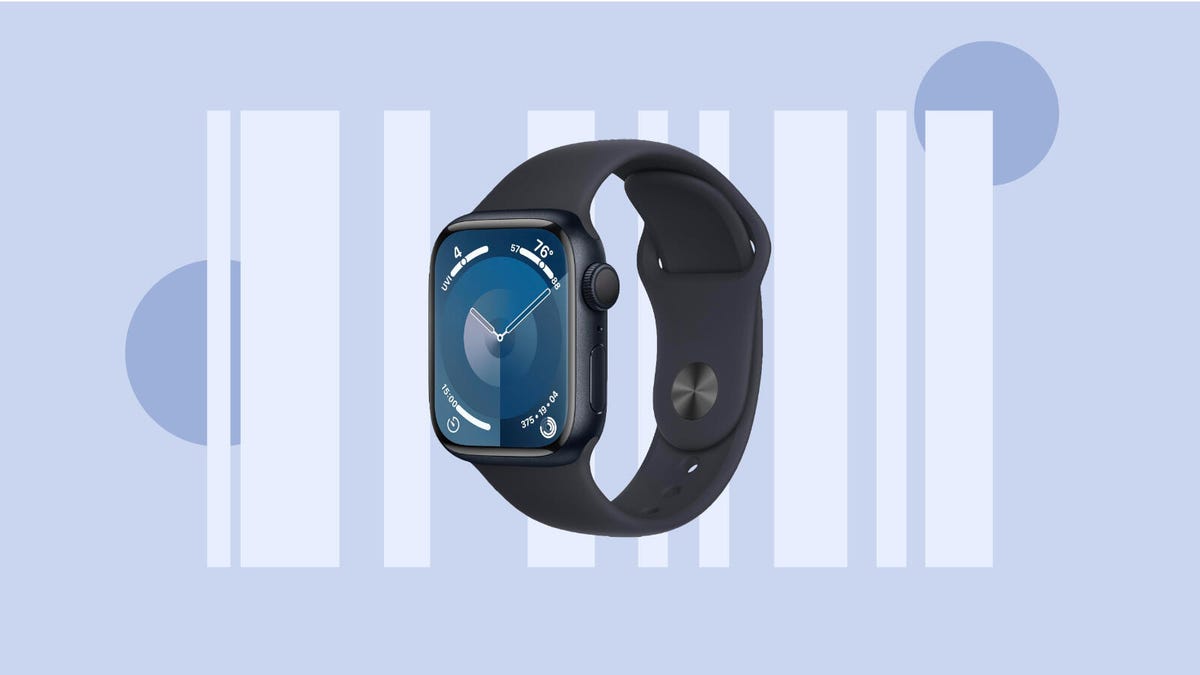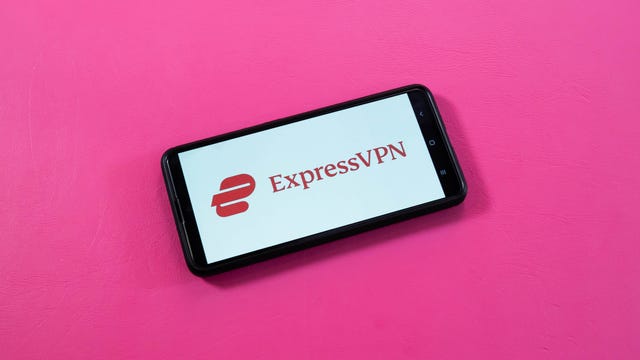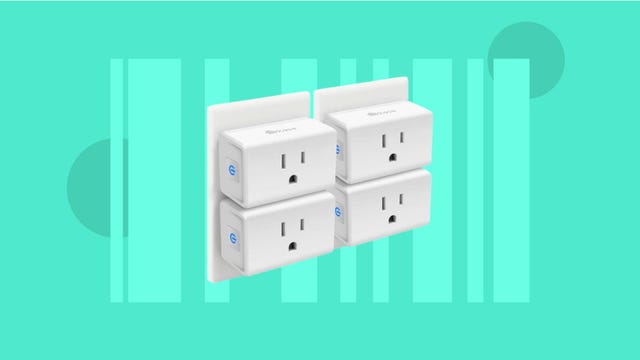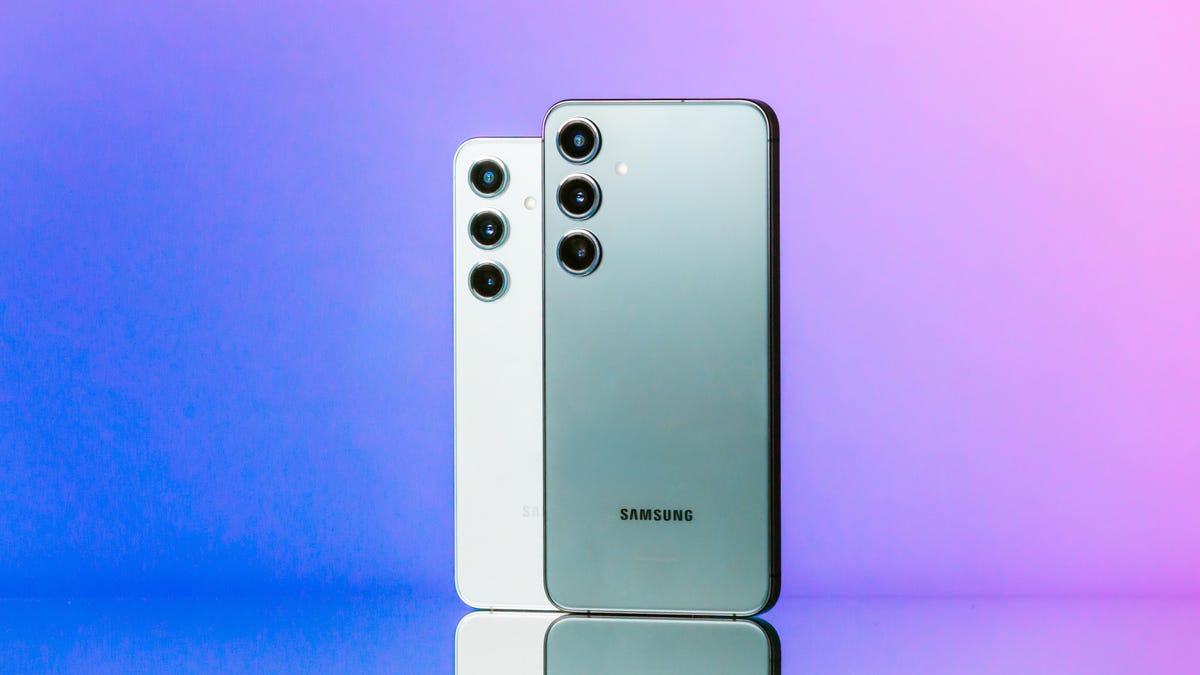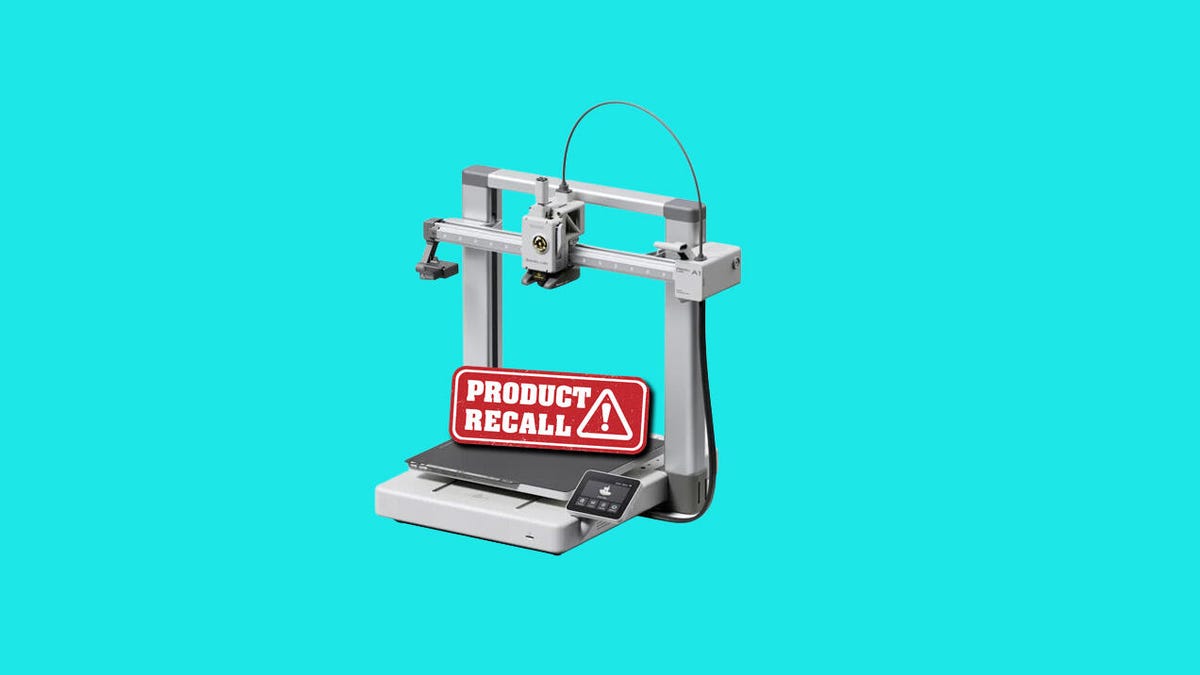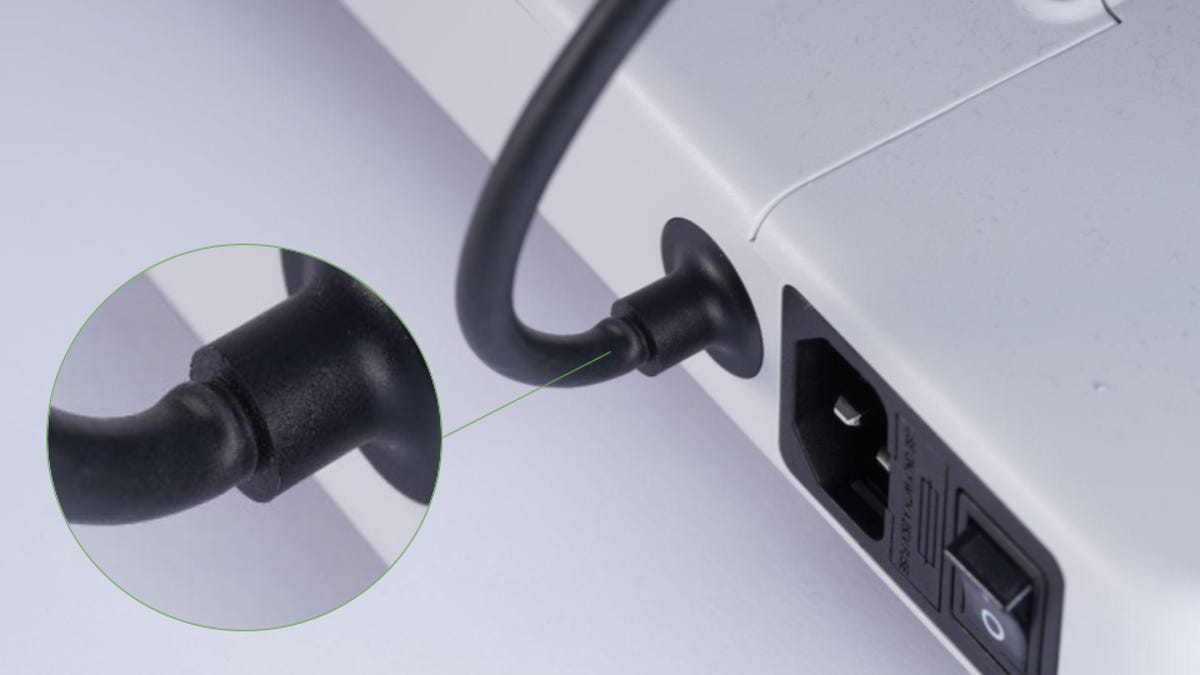After a dramatic 4-3 win away at Wolves in midweek, Manchester United are looking upwards in the English Premier League as they take on fellow European hopefuls West Ham on Sunday at Old Trafford.
Kobbie Mainoo’s injury-time winner at Molineux spared Red Devils boss Erik ten Hag some flak, having seen his side squander a first-half two-goal lead. Currently in seventh position, just one point and a place behind their opponents today, the hosts will now be hoping Thursday’s confidence-boosting victory will give them the platform to mount a challenge to break back into the top five.
Despite a disappointing draw in midweek at home to Bournemouth, West Ham still find themselves in a strong position coming into the latter part of the season. Hammers boss David Moyes will nevertheless have been disappointed overall by West Ham’s business during the January transfer window, which saw midfielders Pablo Fornals and Saïd Benrahma depart the club in near-farcical circumstances, without managing to secure any replacements for the duo.
Below, we’ll outline the best live TV streaming services to use to watch the game live wherever you are in the world.

Manchester United vs. West Ham United: When and where?
Manchester United host West Ham United at Old Trafford on Sunday, Feb. 4. Kickoff is set for 2 p.m. GMT (9 a.m. ET, 6 a.m. PT in the US and Canada, and 1 a.m. AEDT in Australia on Monday, Feb. 5).
How to watch the Man United vs. West Ham game online from anywhere using a VPN
If you find yourself unable to view the game locally, you may need a different way to watch the game — that’s where using a VPN can come in handy. A VPN is also the best way to stop your ISP from throttling your speeds on game day by encrypting your traffic, and it’s also a great idea if you’re traveling and find yourself connected to a Wi-Fi network, and you want to add an extra layer of privacy for your devices and logins.
With a VPN, you’re able to virtually change your location on your phone, tablet or laptop to get access to the game. So if your internet provider or mobile carrier has stuck you with an IP address that incorrectly shows your location in a blackout zone, a VPN can correct that problem by giving you an IP address in your correct, non-blackout area. Most VPNs, like our Editors’ Choice, ExpressVPN, make it really easy to do this.
Using a VPN to watch or stream sports is legal in any country where VPNs are legal, including the US, UK and Canada, as long as you have a legitimate subscription to the service you’re streaming. You should be sure your VPN is set up correctly to prevent leaks: Even where VPNs are legal, the streaming service may terminate the account of anyone it deems to be circumventing correctly applied blackout restrictions.
Looking for other options? Be sure to check out some of the other great VPN deals taking place right now.
Livestream Man United vs. West Ham in the US
Sunday’s Man United-West Hammatch is streaming on Peacock. You’ll need a Peacock Premium or Premium Plus account to catch the game live.
Livestream the Man United vs. West Ham game in the UK
Premier League rights in the UK are split between Sky Sports, Amazon Prime Video and TNT Sports (previously known as BT Sport). Man United vs. West Ham is exclusive to Sky Sports, showing on its Sky Sports Main Event, Premier League and Ultra channels. If you already have Sky Sports as part of your TV package, you can stream the game via its Sky Go app, but cord-cutters will want to get set up with a Now account and a Now Sports membership to stream the game.
Livestream the Man United vs. West Ham game in Canada
If you want to stream Man United vs. West Ham live in Canada, you’ll need to subscribe to Fubo. The service has exclusive rights for this Premier League season.
Livestream the Man United vs. West Ham game in Australia
Football fans Down Under can watch this EPL fixture on streaming service Optus Sport, which is showing every single Premier League game live in Australia this season.
Quick tips for streaming the Premier League using a VPN
- With four variables at play — your ISP, browser, video streaming provider and VPN — your experience and success when streaming EPL matches may vary.
- If you don’t see your desired location as a default option for ExpressVPN, try using the “search for city or country” option.
- If you’re having trouble getting the game after you’ve turned on your VPN and set it to the correct viewing area, there are two things you can try for a quick fix. First, log into your streaming service subscription account and make sure the address registered for the account is an address in the correct viewing area. If not, you may need to change the physical address on file with your account. Second, some smart TVs — like Roku — don’t have VPN apps you can install directly on the device itself. Instead, you’ll have to install the VPN on your router or the mobile hotspot you’re using (like your phone) so that any device on its Wi-Fi network now appears in the correct viewing location.
- All of the VPN providers we recommend have helpful instructions on their main site for quickly installing the VPN on your router. In some cases with smart TV services, after you install a cable network’s sports app, you’ll be asked to verify a numeric code or click a link sent to your email address on file for your smart TV. This is where having a VPN on your router will also help, since both devices will appear to be in the correct location.
- And remember, browsers can often give away a location despite using a VPN, so be sure you’re using a privacy-first browser to log into your services. We normally recommend Brave.
